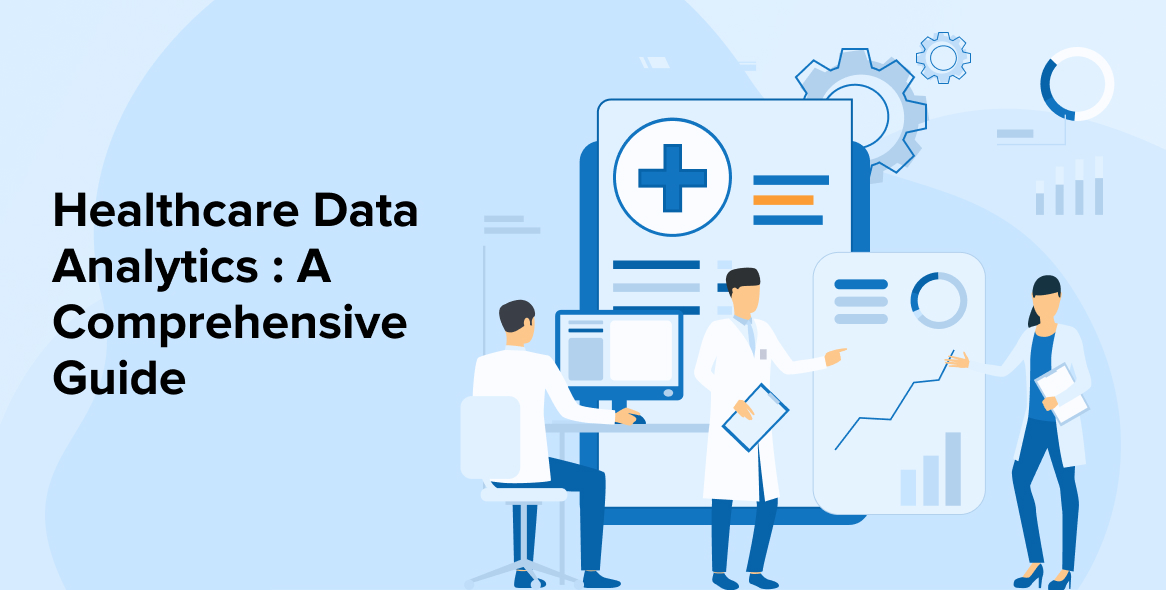When you think about what hackers want most, your mind probably jumps to credit card numbers or bank account details. But in today’s digital world, there’s something even more valuable: your health data.
Electronic health records (EHRs), fitness app logs, DNA profiles, and insurance details are increasingly targeted by cybercriminals — and with good reason. Health data is rich, deeply personal, and often poorly protected compared to financial information.
In this post, we’ll explore why health data is so appealing to hackers, how it’s being exploited, and what individuals and organizations can do to protect it.
🔍 Why Health Data Is So Valuable
Unlike a credit card number — which can be quickly changed — health data is permanent. Once stolen, it can be used for a variety of malicious purposes, and its value on the black market often far exceeds that of financial data.
Here’s what makes it so attractive:
1. Comprehensive Identity Profiles
Health records contain full names, birthdates, addresses, Social Security numbers, and even family medical histories — all in one place. This makes them a goldmine for identity thieves.
2. Harder to Detect Misuse
Unlike financial fraud, which often triggers immediate alerts, health data breaches can go unnoticed for months. This gives attackers more time to exploit the stolen information.
3. Insurance & Medicare Fraud
Hackers use stolen data to file fraudulent insurance claims, order expensive medical equipment, or receive treatments under another person’s identity. This type of fraud costs billions annually and is notoriously hard to trace.
4. Targeted Ransomware Attacks
Hospitals and clinics are frequent ransomware targets. Hackers know they can’t afford downtime, making them more likely to pay to unlock access to patient data.
5. Corporate Espionage and Blackmail
In some cases, hackers sell or leak sensitive health information to discredit public figures, executives, or celebrities. Mental health records, STI results, or genetic conditions can be weaponized in personal or corporate disputes.
Who’s Most at Risk: Everyone is at risk, but some groups face greater exposure:
- Healthcare Providers: Hospitals, clinics, and practices store huge volumes of patient data and are often underprotected due to legacy systems or underfunded IT departments.
- Insurers & Employers: Companies offering wellness programs or self-insured health plans may unknowingly collect and store vulnerable data.
- Consumers Using Health Apps & Devices: Wearables, telehealth apps, fitness trackers, and even period tracking apps may lack strong data encryption or privacy safeguards.
🧠 Real-World Examples of Health Data Breaches
Health data breaches are happening at an alarming rate. Here are just a few high-profile incidents:
- Anthem (2015): One of the largest breaches in healthcare history, affecting nearly 80 million people.
- UnitedHealth (2024): The Change Healthcare ransomware attack disrupted medical billing across the U.S. and exposed vast amounts of sensitive information.
- Fitness App Breaches: Multiple fitness and wellness platforms have leaked user data, including exercise habits, location data, and personal health metrics.
These incidents underscore just how widespread the threat is — and how valuable the data has become.

🛡️ How to Protect Your Health Data
Whether you’re an individual, healthcare provider, or insurer, protecting health data requires vigilance. Here are some actionable steps:
- Use strong, unique passwords for health apps and portals
- Enable two-factor authentication wherever possible
- Limit the sharing of sensitive data with third-party apps and services
- Review app permissions and understand what data is being collected
- Request a copy of your medical records to track accuracy and detect unauthorized access
For Organizations:
- Implement robust cybersecurity policies that include regular updates, encryption, and intrusion detection
- Train staff on phishing, ransomware, and social engineering attacks
- Audit and segment your systems to limit access to sensitive data
- Invest in cyber liability insurance to manage financial fallout from breaches
- Ensure third-party vendors meet your data security standards
The Cost of Doing Nothing: The financial, legal, and reputational consequences of a health data breach can be devastating:
- HIPAA violations and regulatory fines
- Lawsuits from affected patients
- Loss of patient trust and long-term brand damage
- Disruption of care services due to ransomware or system lockouts
For individuals, the fallout may include medical identity theft, incorrect medical records, denial of services, or years of credit damage.
🔮 Looking Ahead: A Need for Stronger Safeguards
As healthcare becomes more digitized and personalized, the amount of data generated will only increase — as will the opportunities for cybercriminals. The future of health security must include:
- Stronger regulations around data collection and storage
- Greater transparency from app developers and insurers
- Widespread adoption of AI-powered threat detection
- Consumer education on digital health privacy
Your health data is one of your most personal assets — and unfortunately, that makes it a prime target. Whether you’re tracking fitness goals on your phone or sharing sensitive information with a provider, it’s crucial to understand the risks and take steps to safeguard your data.
As the healthcare and insurance industries evolve, security must evolve with them — not as an afterthought, but as a fundamental part of protecting human well-being.



